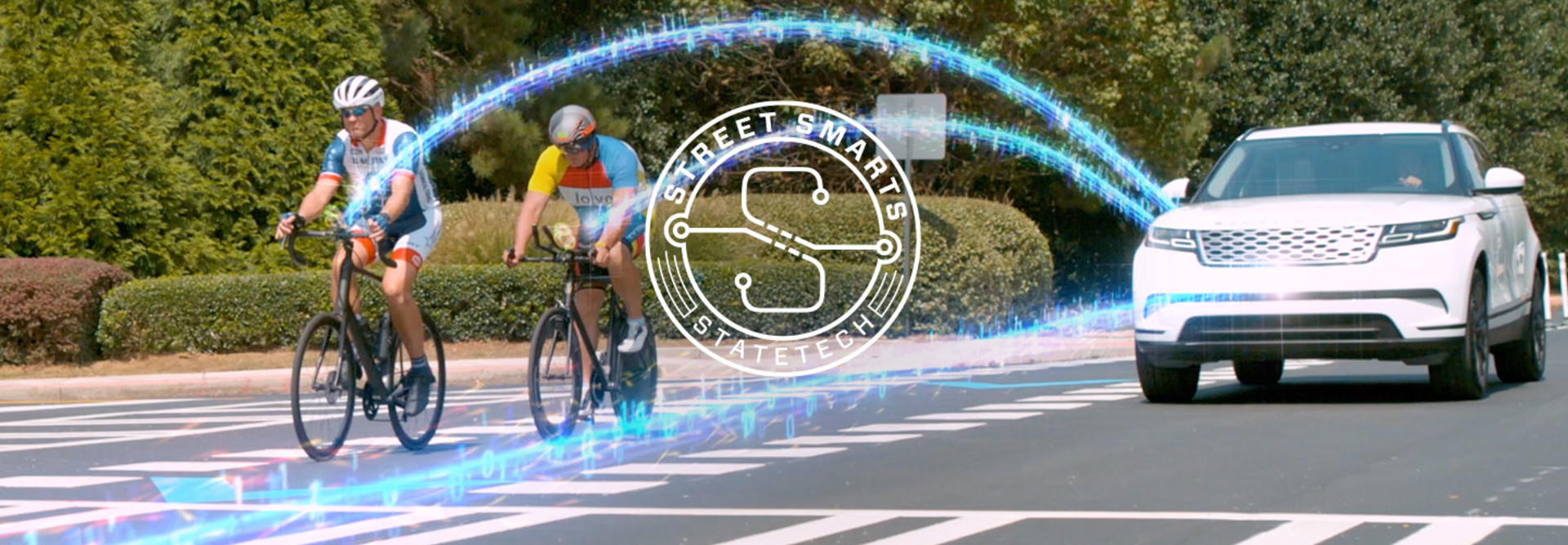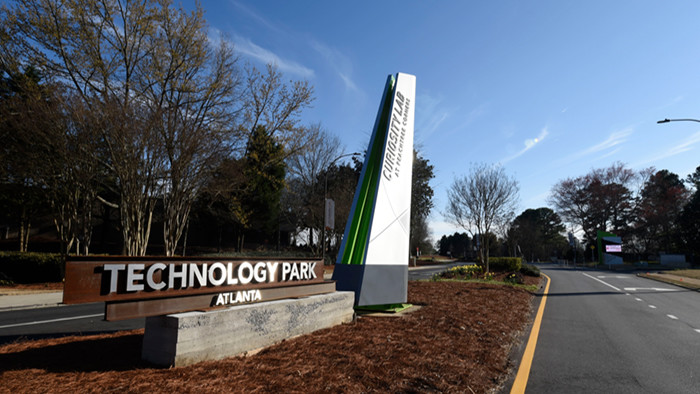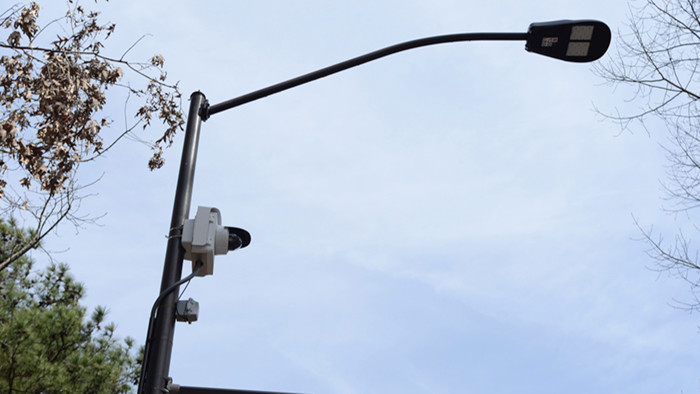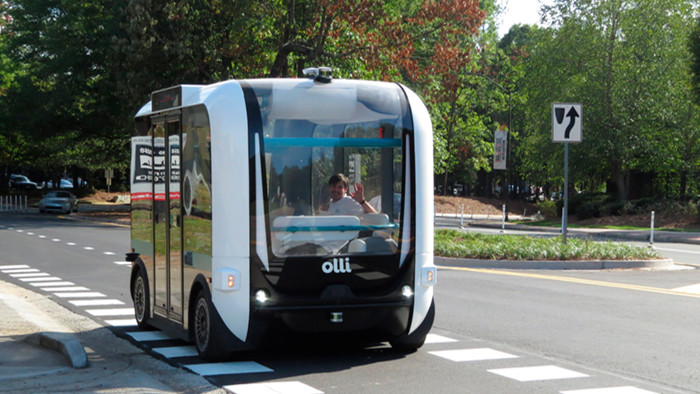Axis smart cameras with the TrafficVision edge analytics platform provide real-time incident detection of the roads and the autonomous vehicle lanes. Photo courtesy of Peachtree Corners.
The city has also integrated license plate recognition analytics into its smart cameras. These cameras are installed at various places in the city to capture video feeds of things in their field of view and to take a photo of every single license plate that comes into their view, which provides a public safety benefit.
“If any license plate comes up hot, it automatically sends a message to our police department saying that a certain vehicle traveling in a certain direction at this time came up hot for whatever reason. It could be as simple as no insurance or it could be that there’s been a stolen car or a kidnapping or something else, and our police department can do something with that in real time if it’s severe enough to warrant the movement of resources,” Johnson says.
READ MORE: Find out how LoRa and LoRaWAN help smart cities.
Test Track Provides a Real-World Environment
According to Branham, most of the autonomous vehicle test tracks currently in operation are closed, controlled environments. While these are certainly helpful, they can’t provide the type of real-world challenges that instigate the fine-tuning necessary to make vehicles road ready. This is precisely the reason Peachtree Corners created its test track.
“Unlike the closed courses that are flat and open, we have a lot of control, as they can have 34 interaction points along this mile and a half that an autonomous vehicle or advanced vehicle has to interact with,” Branham says. “It has a 13 percent grade change and sweeping curves. It has a tree canopy and buildings. There are all those effects of a real-world environment, so a lot of people who have come in have found out a lot about what their software can and cannot do when you put it into an environment like this.”
When companies seek to test their solutions, they move quickly to stay ahead of technology advancements and the competition, making it critical to get into a facility in a short period of time. Thanks to the way the living lab is set up, Peachtree Corners is able to accommodate these kinds of quick turnarounds.
“The one-and-a-half-mile section of the living laboratory is completely owned and operated by the city, so we’re the only government agency that has to say yes or no. So, if we have a company approach us, we can move pretty quickly to get them out and testing,” Branham says.
One result of the test track and living lab is what Johnson says is the first deployment of a driverless shuttle on a public street. Deployed in October 2019, Local Motors’ Olli autonomous shuttle transports residents and workers throughout the test track to a variety of shops, office buildings and other destinations, interacting with human-driving vehicles while also providing yet another point of contact for autonomous vehicles being tested in Peachtree Corners.














